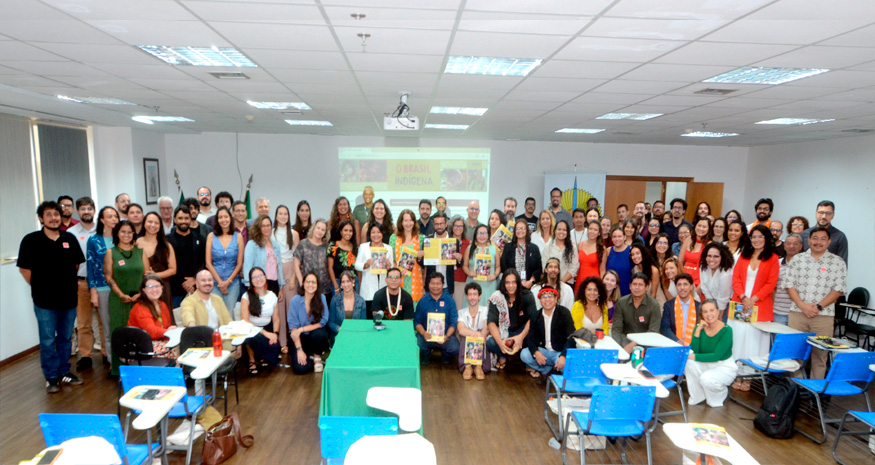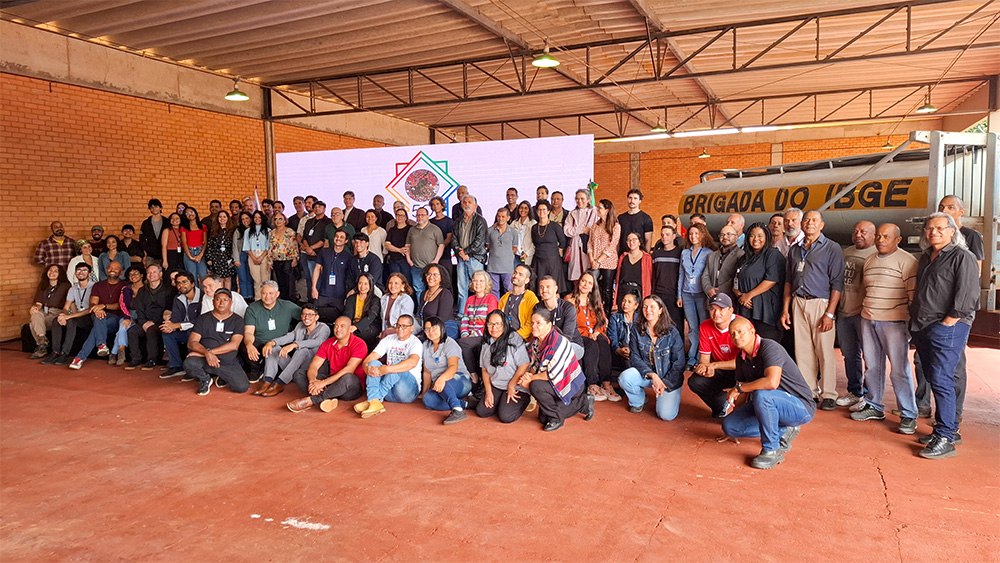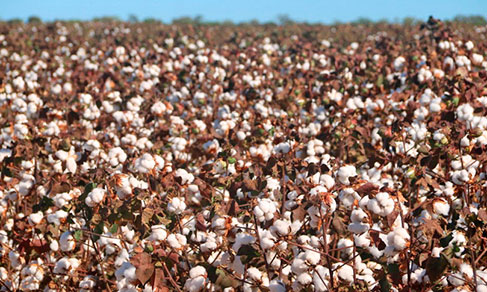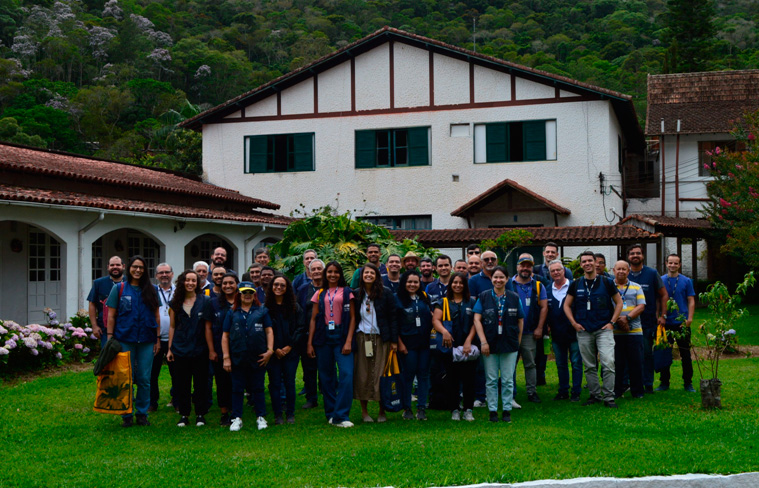Produção agrícola
January estimate previews increase of 11.1% and record crop of 325.3 million tonnes in 2025
February 13, 2025 09h00 AM | Last Updated: February 13, 2025 04h06 PM

The Brazilian crop of cereals, legumes and oilseeds is expected to reach a record 325.3 million tonnes in 2025, according to the January estimate of the Systematic Survey of Agricultural Production (LSPA), released today (13) by the IBGE. This result is 11.1%, or 32.6 million tonnes, higher than the one obtained in 2024 (292.7 million tonnes) and 0.8% higher (1.7 million tonnes) than the forecast for December 2024.
The area to be harvested is expected to be 80.9 million hectares, an increase of 2.4% compared to the area harvested in 2024 (1.8 million more hectares). Compared to the previous month, the area to be harvested increased by 472,102 hectares (0.6%).
In terms of production, cotton and soybeans are expected to break records. The estimate for cotton production is 9.0 million tonnes, an increase of 1.6% compared to both the third forecast for 2025, made in December 2024, and the 2024 crop. Soybeans had a reduction of 0.4% compared to the last forecast and an increase of 14.9% compared to last year's crop, reaching 166.5 million tonnes. As for corn, the production estimate was 124.1 million tonnes, an increase of 3.0% compared to the 3rd forecast (December) and 8.2% compared to the volume produced in 2024.
Survey manager Carlos Barradas explained this phenomenon. "The weather is benefiting the crops, although the rains have arrived late. Since October and November, there has been good rainfall, with the exception of the South Region, which is still facing droughts", especially in Rio Grande do Sul. It is worth noting that the losses that occurred in the state have not yet been accounted for in this survey; teams are in the field to update the estimates, the manager emphasized.
All five Major Regions had an increase in production estimates: Central-West (48.9%), South (27.8%), Southeast (8.8%), Northeast (8.7%) and North (5.8%). As for the monthly change, there was growth in the North Region (3.4%) and stability in the Southeast (0.0%), while the other Regions showed declines: Northeast (-1.6%), South (-2.6%) and Central-West (-0.6%).
Mato Grosso leads as the largest national grain producer, with a share of 29.7%, followed by Paraná (13.4%), Rio Grande do Sul (12.4%), Goiás (11.1%), Mato Grosso do Sul (7.8%) and Minas Gerais (5.4%), which together accounted for 79.8% of the total. The main positive absolute changes in production estimates, in relation to the previous month, occurred in Mato Grosso (3,000,592 t), Goiás (1,138,400 t), Federal District (25,062 t), Piauí (12,764 t), Pará (7,503 t), Tocantins (3,802 t), Rondônia (2,719 t), Maranhão (1,137 t) and Ceará (660 t), while the negative change occurred in Paraná (-1,469,300 t).
About the LSPA
Implemented in November 1972 with the purpose of meeting user demands for monthly statistical information, the LSPA provides estimates of planted area, harvested area, quantity produced and average yield of products selected based on criteria of economic and social importance for the country. It allows not only the monitoring of each crop investigated, from the planting intention phase until the end of the harvest, in the reference calendar year, but also the forecast for the following year's crop, for which the survey is carried out in the months of October, November and December. You can access the data on Sidra. The next LSPA release will be on March 13.




















